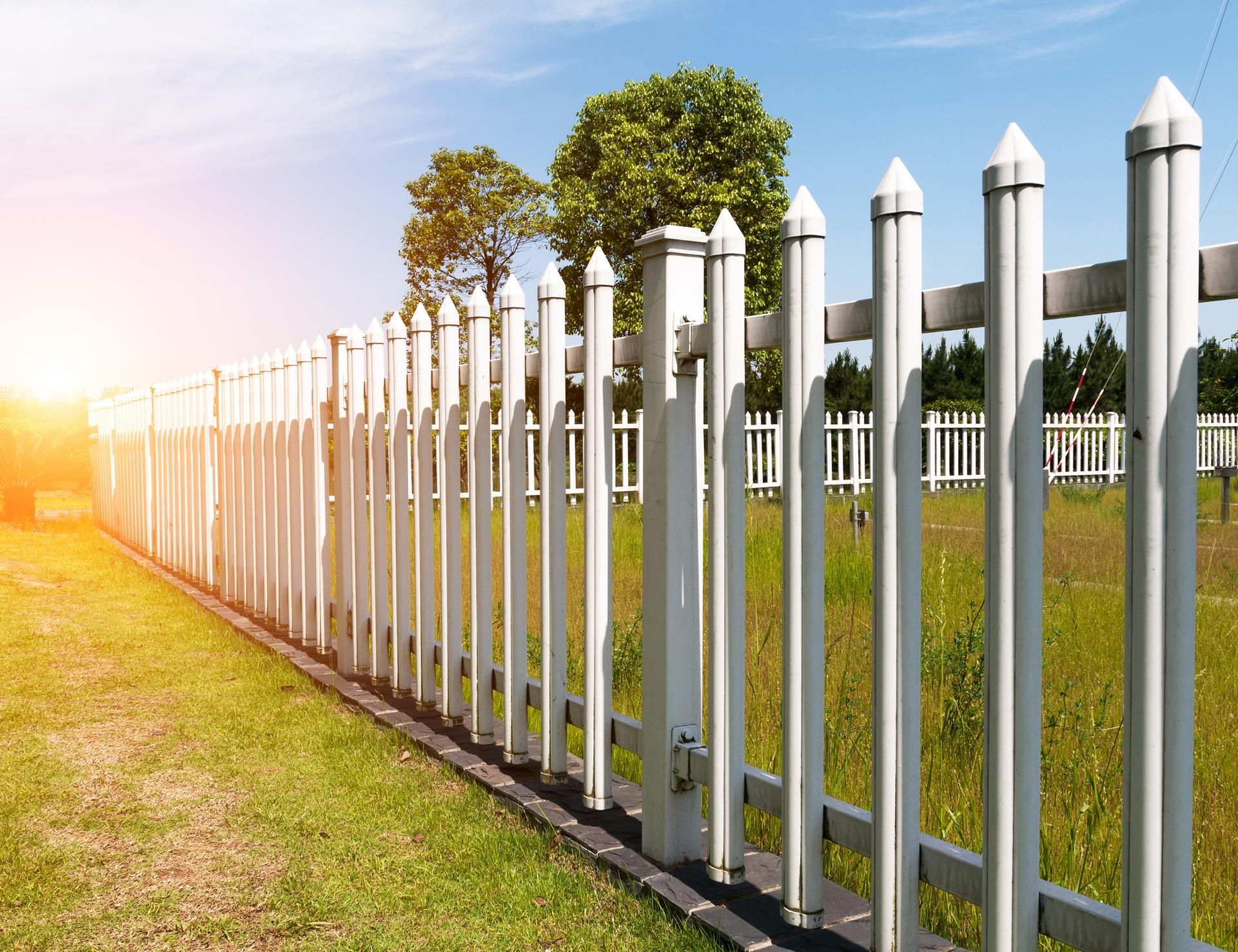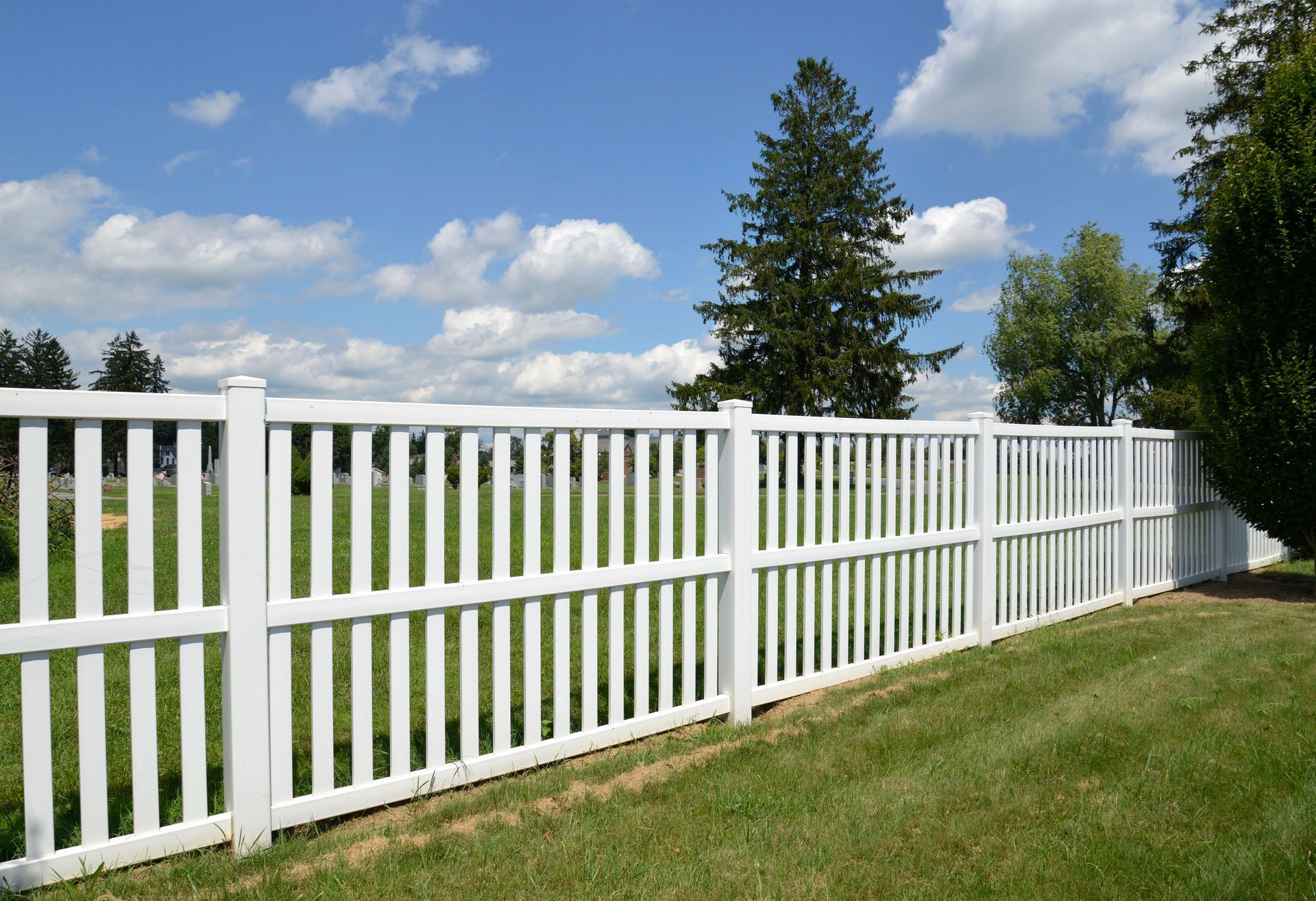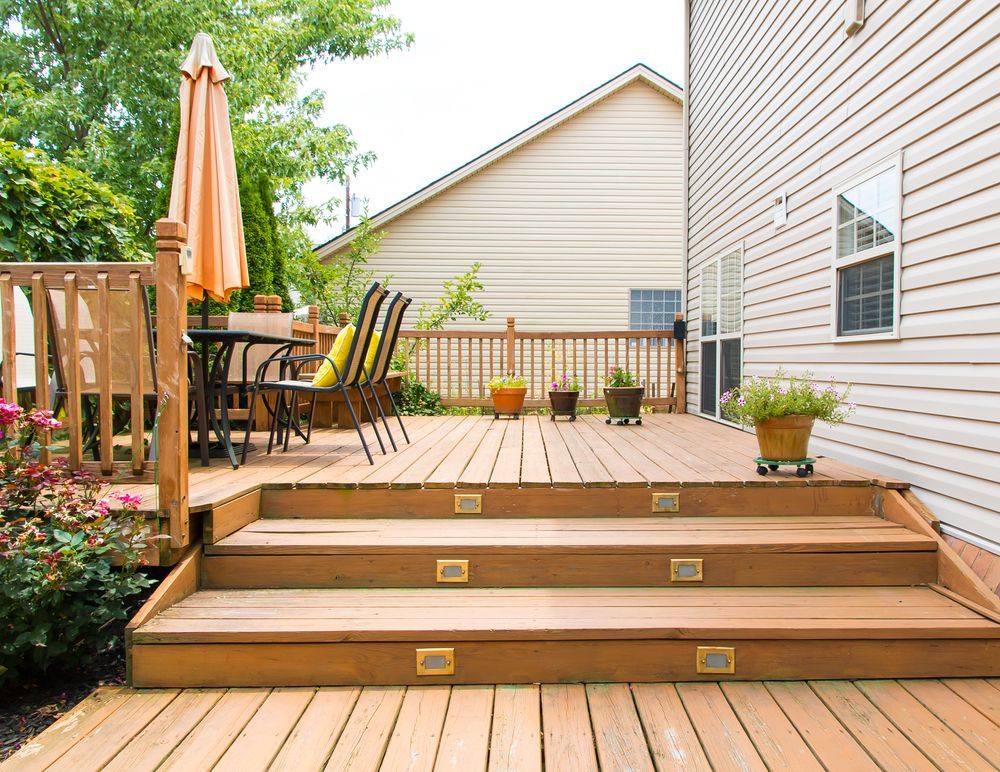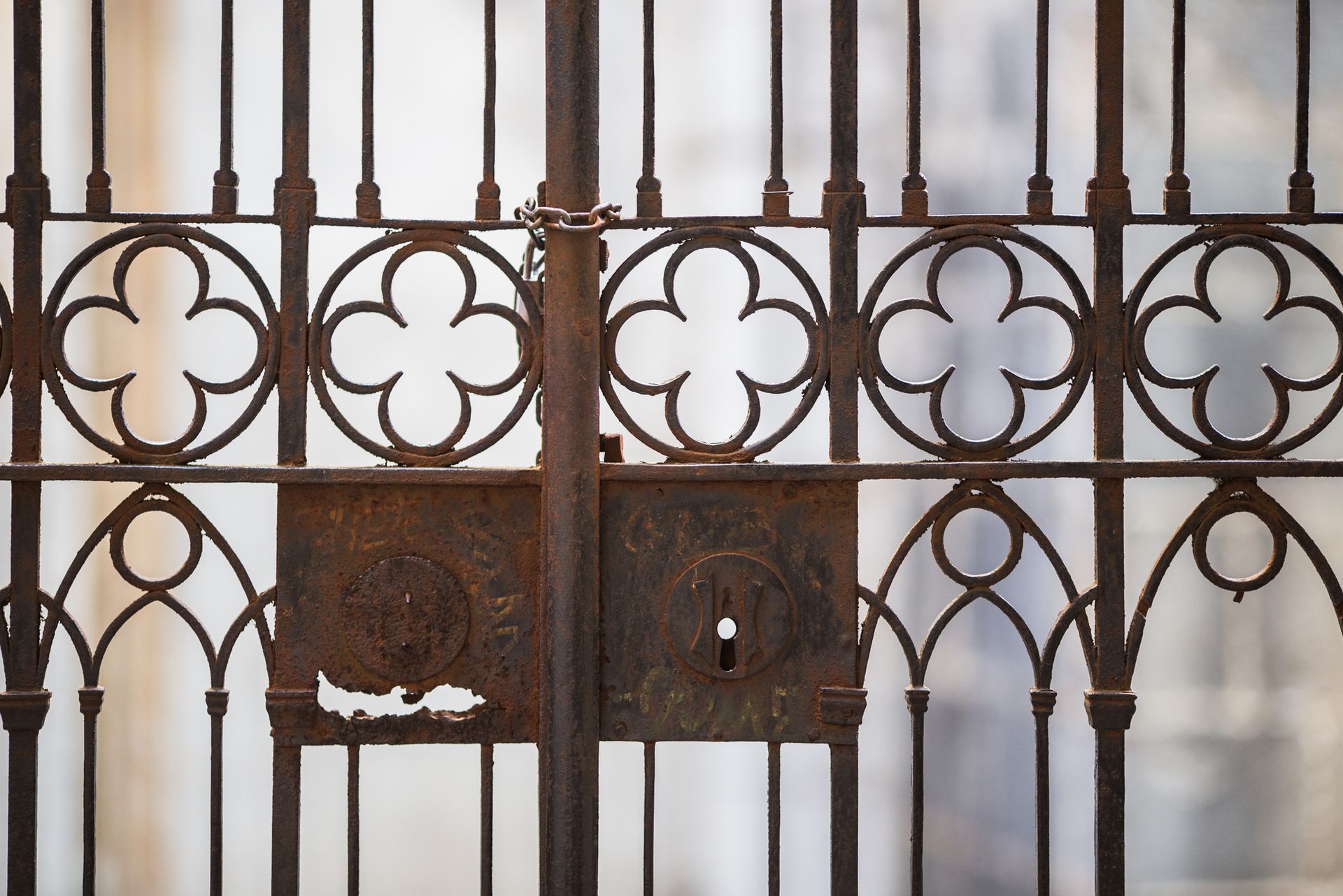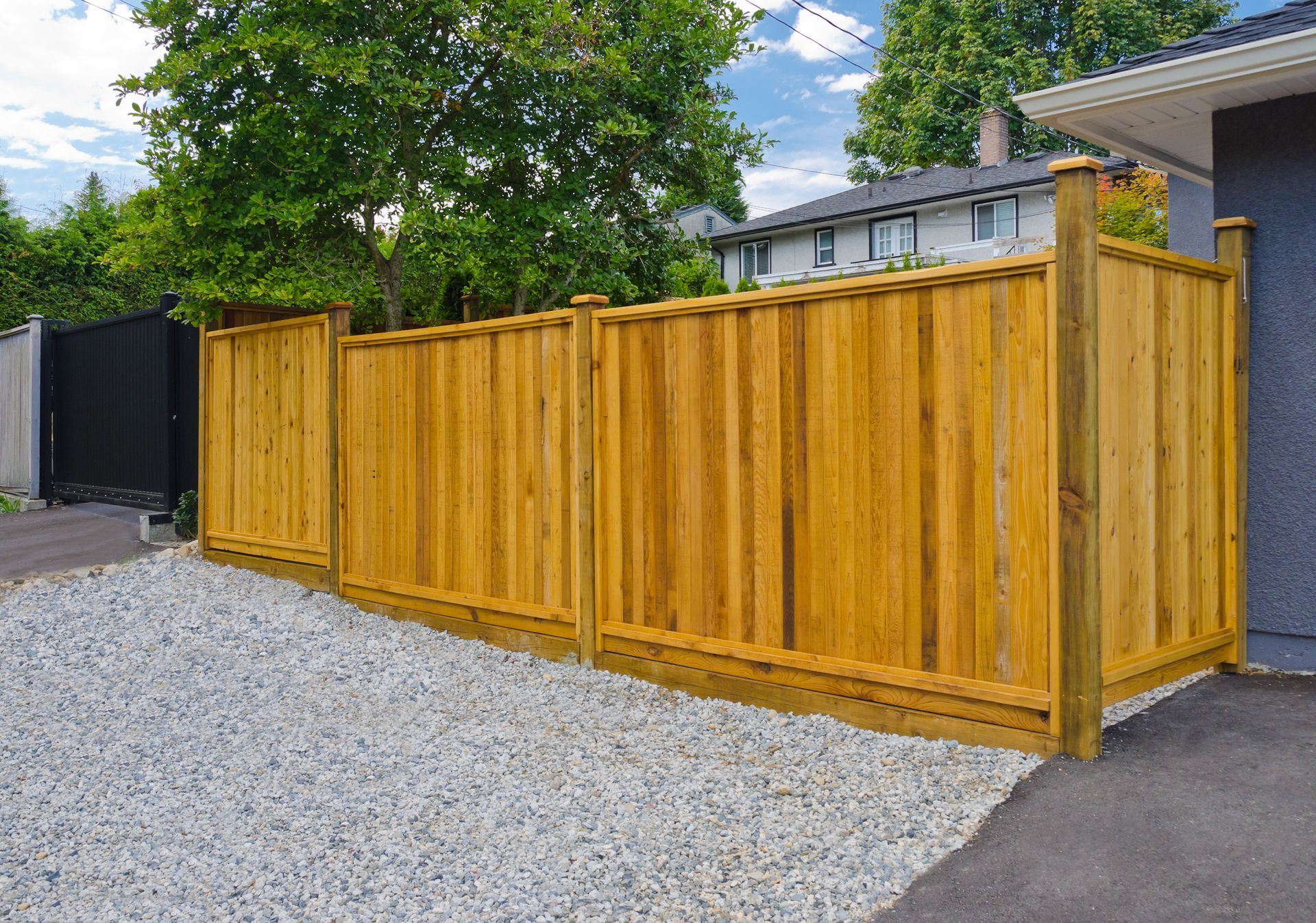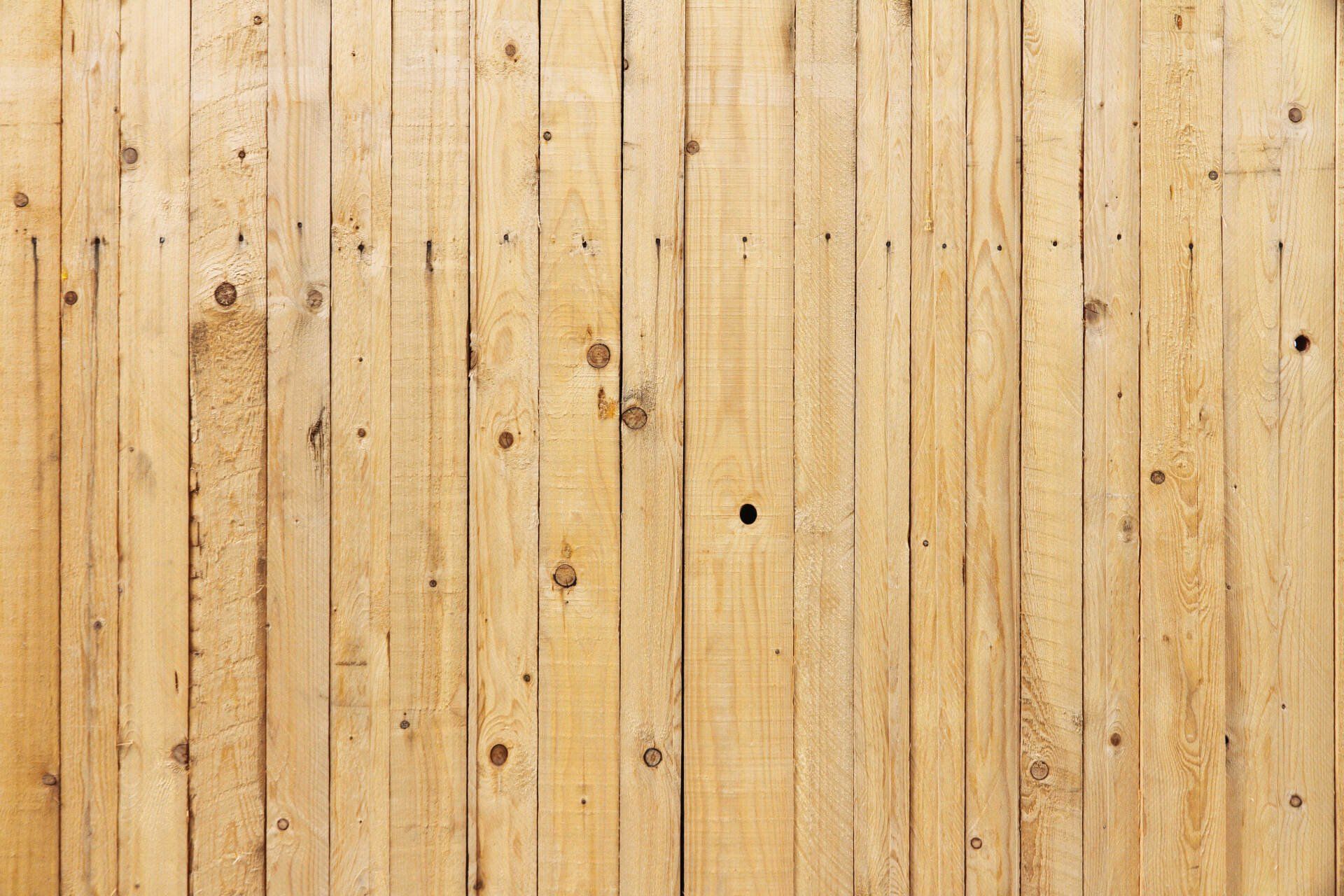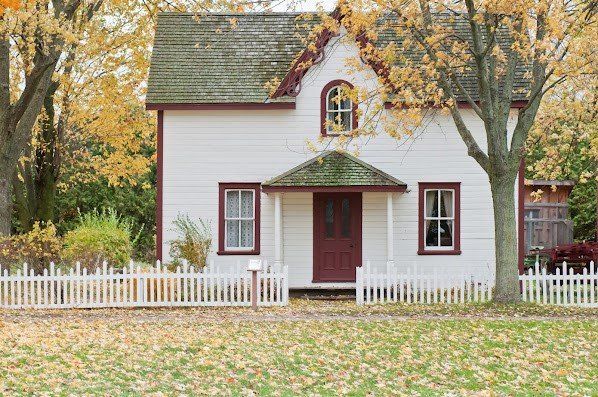Weatherproofing Strategies for Your New Wood Fence
Your new wood fence should be designed to withstand whatever Mother Nature throws at it. Designing a weatherproof fence begins before installation when you consider the options available that will fit your climate and budget needs.
Material Selection
Not all wood fencing is created equally. Different types of wood are available to meet a variety of different budgets, but not all are created equal when it comes to weather durability.
Standard Pine
The least expensive wood fencing option are pine pickets. However, pine pickets are also the least weather resistant. Pine is a softwood that can be prone to moisture damage, including rot and warping. Plan to seal the fence frequently against moisture damages if you opt for pine, especially if humidity, rain, and dampness are issues in your area.
Pressure-Treated Wood
A step up from plain pine fencing are wood pickets that are infused with chemicals that will inhibit rot and prevent pest damage. These pressure-treated pickets will resist rot and moisture damage. If you have concerns about using pressure-treated wood due to chemical leaching, then it may not be the best choice.
Cedar & Redwood
For a natural wood fence, cedar and redwood are the preferred options. Both types of wood are strong and they are also resistant to both moisture rot and insect damage. Cedar and redwood are often more costly than other wooden fence options, but they pay for themselves in longevity and easier maintenance.
Post Installation
Secure posts prevent leaning fences due to wet soil and wind. There are a few installation tricks that prevent the posts from moving or blowing down.
Post Materials
Material matters because you don't want the posts to rot in the ground. This is the best place to use pressure treated lumber, even if you aren't using it for the pickets. Redwood posts are also available, but are not as rot resistant as pressure-treated posts when they are buried.
Installation Depth
Ideal installation depth depends on the size of the post and on the typical frost line for your region. Posts need to be installed below the average frost depth in winter, otherwise soil movement from freezing will push them out. Another good guideline that prevents the posts from blowing down is to plan to bury the post to about a third to half of the exposed length. So if the post will protrude above ground 6 feet, then sink the post at least 2 to 3 feet deep.
Anchoring Method
Although posts can simply be buried, taking the time to improve how they are anchored will allow for better weather damage resistance. Concrete footings in the bottom of the post hole can help prevent it from coming down in high wind or wet soil.
Weather Improvements
Although a simple plank and post wood fence can be weather resistant, there are a few improvements that can be added on. The initial cost of these improvements may pay for themselves since the fence will last longer.
Open Panels
Wind can blow down entire lengths of fencing. Allowing airflow through the fence can prevent wind damage. Open pickets work well, but don't afford much privacy. Shadowbox panels allow airflow and privacy, as pickets alternate on either side of the rail so air can move between them.
Finishing Stains
The right stain will protect your wood fence from moisture, one of the most damaging aspects of weathering. Use a waterproof stain and sealer, or opt for a good exterior fencing paint in the desired color. The finish must be reapplied every few years as it loses its moisture resistance.
Durable Hardware
Your fence is only as durable as the hardware. Hinges, nails, and fasteners that are prone to rust or corrosion won't last long. Opt for stainless steel or galvanized hardware that won't rust or degrade as easily.
Contact Admiral Fence Co. LLC to learn more about weathering and your new fence.
Browse Our Website
Contact Information
Toll Free Number: (800) 797-6293
NJ Home Improvement Contractor License Number: 13VH02036100
Payment Options









